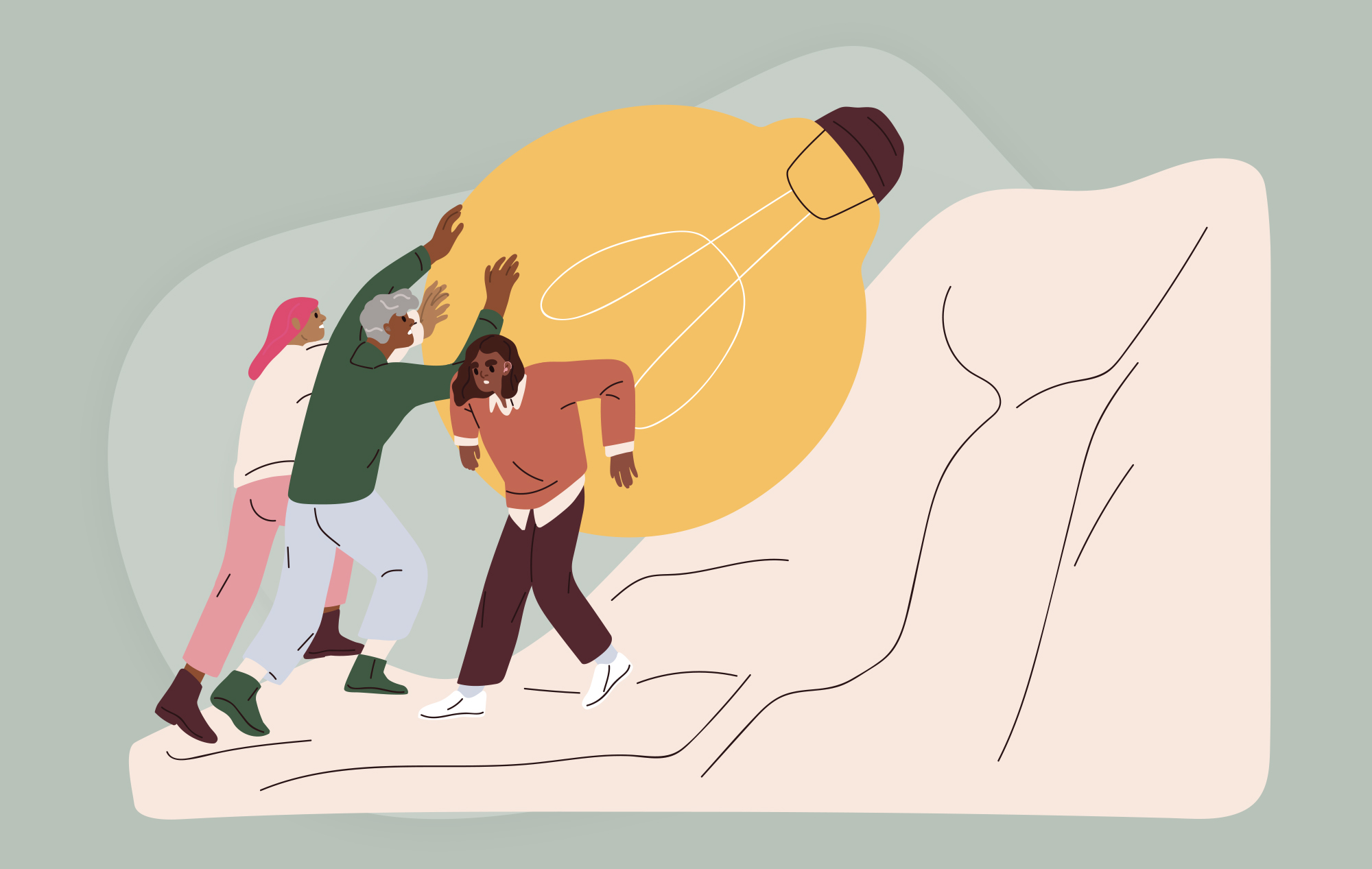If you’re unfamiliar with the scale of hearing loss in America, consider this: About three in every 1,000 children are born with hearing loss in one or both ears, and about 37.5 million American adults report trouble hearing, according to the National Institute on Deafness and Other Communication Disorders.
With such a large population, you’d expect digital inclusion and accessibility features to be mandated across the internet—unfortunately, that’s not the case.
Every day, individuals who identify as Deaf, deaf, Hard of Hearing, late-deafened or deaf-blind encounter numerous obstacles when accessing digital devices—from computers and tablets to smartphones and video games.
The most common barriers include media without captions, audio without transcripts, lack of sign language interpretations, and non-inclusive social media platforms.
Liam O’Dell, a freelance journalist specializing in deafness, disabilities and social media, said in an interview that captions, or lack thereof, remains a major shortcoming of established media organizations.
“Mainstream media outlets and creators often upload content without captions,” O’Dell told InclusionHub. “Or they do, but they only last for the first few seconds needed to count as a ‘view’ before they add text which says ‘tap for sound.’”
Tommy, also known online as Crow_Se7en, a Deaf YouTuber, content creator, and gamer who uses American Sign Language for commentary, agrees.
When playing video games, “It may be very hard for deaf people to hear footsteps, environment noises, and anything that makes sounds,” said Tommy, who asked only to be identified by his first name and usernames. “Deaf people can’t spend their money to buy tools like vibration vests or headphones to help them better. It’s not fair. Maybe visual sound alerts may help deaf people a lot.”
Matt Maxey, owner of Definitely Dope, which visually interprets music and motivational speaking, and provides ASL consulting, echoes those concerns, telling InclusionHub that a lack of captioning for content, meetings, and interviews are among the top issues for the community.
And Meryl K. Evans, a digital marketer and member of the deaf community, has explained that these deficiencies extend to video conferencing tools like Zoom whose live captioning technology is typically delayed, hard to follow, and can cause cognitive overload.
Unfortunately for the d/Deaf and Hard of Hearing communities, the list of obstacles is substantial. These include low-quality audio, lack of interpretations for text, audio and video, and limited customer support options such as telephone/audio-exclusive support lines.
Several major social media platforms, which attract millions of users and play an important role in disseminating information, also fail the d/Deaf and Hard of Hearing communities.
According to O’Dell, the video-sharing giant TikTok and live audio chat room app Clubhouse are among the most notable offenders. In the case of TikTok, while the app soared to global popularity, attracting young influencers and celebrities alike, it took years to add automatic captioning. Clubhouse, on the other hand, has yet to release any live captioning feature—essentially blocking the d/Deaf and Hard of Hearing communities from participating.
On YouTube, the world’s largest video sharing platform, a majority of creators fail to caption their videos.
“I’ve described it as a kind of apathy, whereby creators consider making their content accessible to be a costly and/or time-consuming process, when it really isn’t,” O’Dell said. “Larger creators put forward this argument without realising that they could probably afford to pay someone to do such a simple task.”
This issue has only worsened since YouTube scrapped its community captions feature in 2020, which enabled viewers to contribute subtitled or translations on a channel’s behalf.
“YouTube is working on making captioning tools more visible on its platform, but I think more awareness needs to be raised around the benefits of captioning content (the algorithm likes it, for example) and how easy it is to do,” said O’Dell.
O’Dell also cites a critical issue with YouTube’s automatic caption feature, which replaces any swear word with “[__].”
“This has drawn criticism from Deaf and Hard of Hearing users for the simple fact that it treats us as children incapable of viewing content with swear words in,” O’Dell said.
“I believe accessibility features need better prominence on social media platforms,” O’Dell added. “They need to be part of the process so that creators realize that if a piece of content isn’t accessible, then it isn’t ready. Similarly, the platforms need to do more to educate its users on the benefits of accessible content (more engagement) and how straightforward it can be.”






Leave a Comment